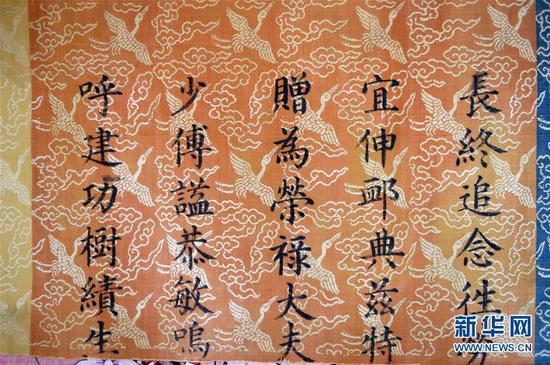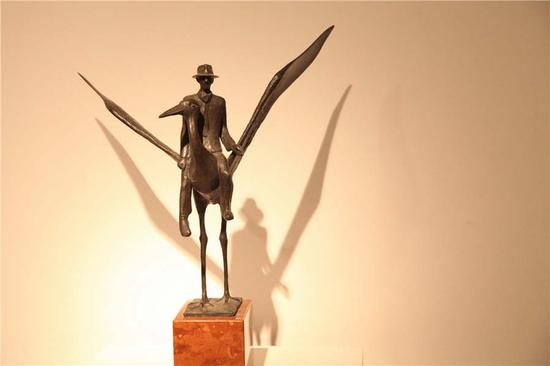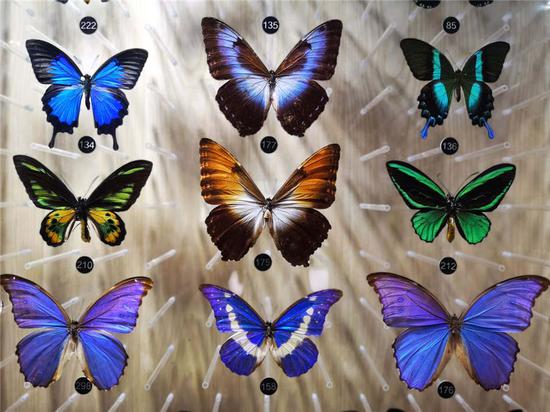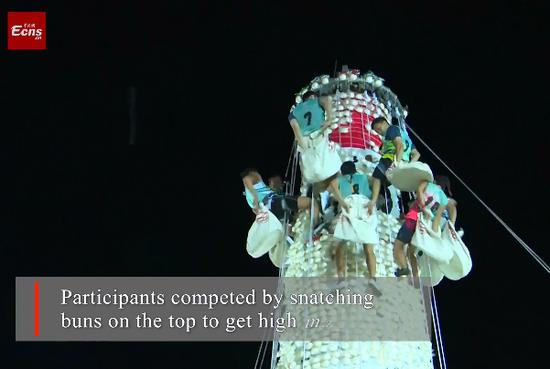Chinese researchers looking at macaques said Thursday they have solved the long-standing puzzle over how our brains perceive we're moving in a curvilinear trajectory, such as making turns while driving.
In daily life, our complex motion trajectories typically contain two independent components: straight-line movement and rotation.
Correspondingly, our inner ears have evolved two sets of special sensory organs: the sphere-like otoliths detect linear motion, while the semi-circular canals detect rotational movement.
Information collected by these organs is then sent to the central nervous system in the brain, where two distinct sets of neurons help us sense linear and rotational movement, but the new study identified a third set of neurons in the macaque sensory cortex that respond optimally to curved motion.
"It's a very interesting question as to why our brain evolved this way," said corresponding author Yong Gu, a neuroscientist at the Shanghai Institutes for Biological Sciences, part of the Chinese Academy of Sciences.
"We don't have to have these curved motion neurons in the sensory area of the brain... Our hunch is that representation of curved motion in sensory cortex helps animals rapidly detect this type of movement, and save the working load of the decision centers for other important neural computations."
Gu and lab member Zhixian Cheng made their discovery by placing macaques in moving platforms and attaching brain electrodes to individual neurons to measure how often and when they fired.
"People have known that linear and rotational motion converged in the sensory cortex, and we found that certain neurons fire more spikes when the linear or rotational information are available at the same time for these neurons," Gu said.
"This might have been expected, but we now propose that these neurons could represent curvilinear motion."
Further research showed that neurons that perceive curved motion are widely distributed in the sensory cortex.
The findings were published in the U.S. journal Cell Reports.




















































